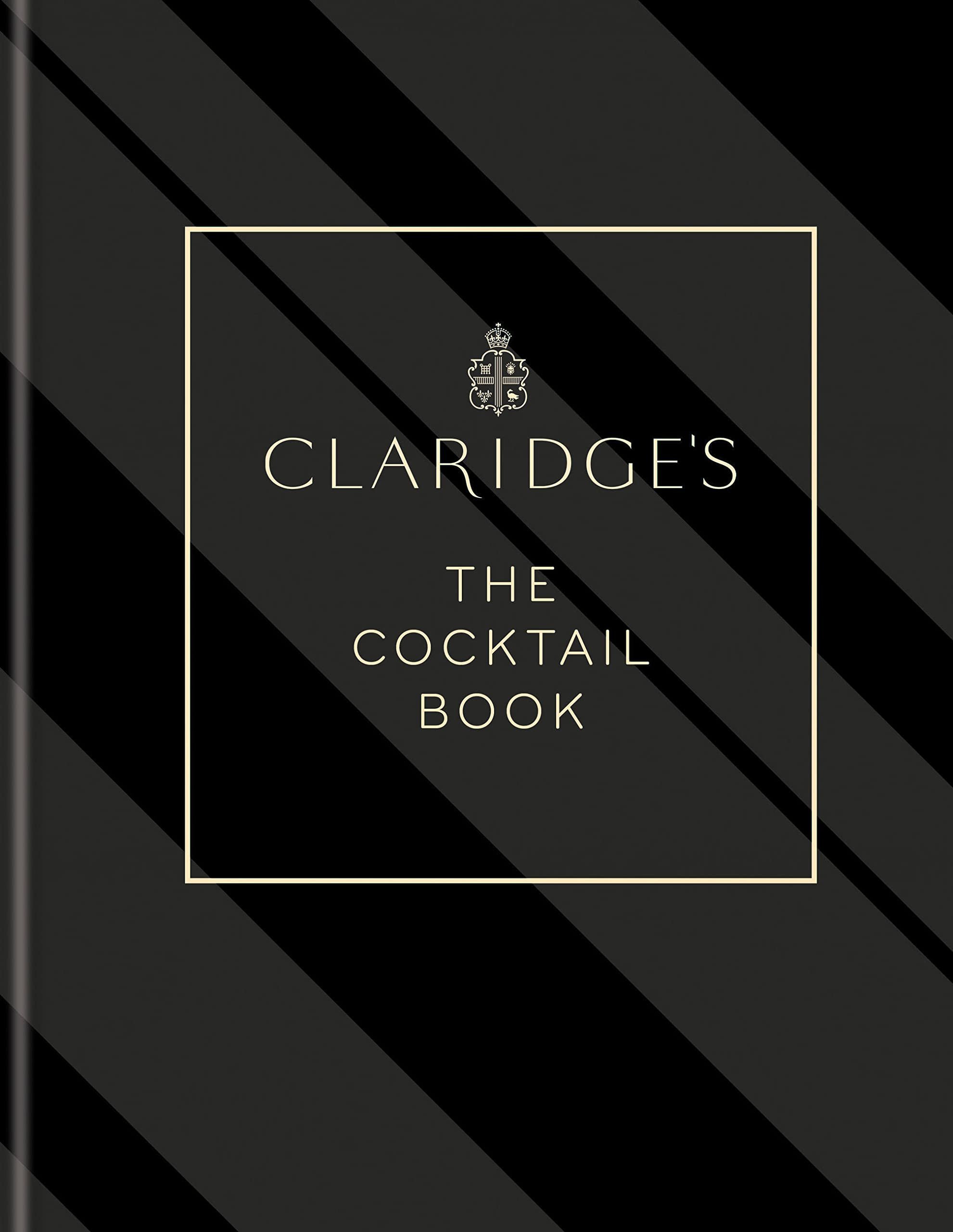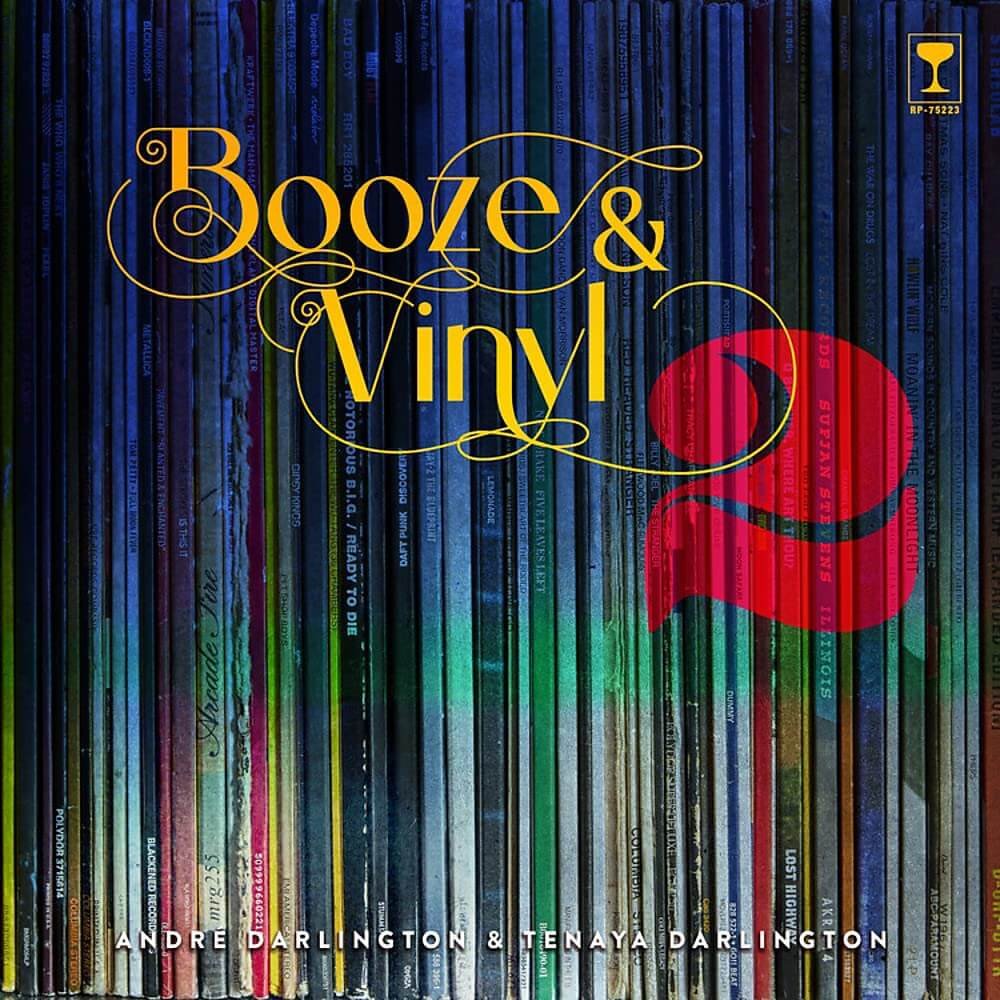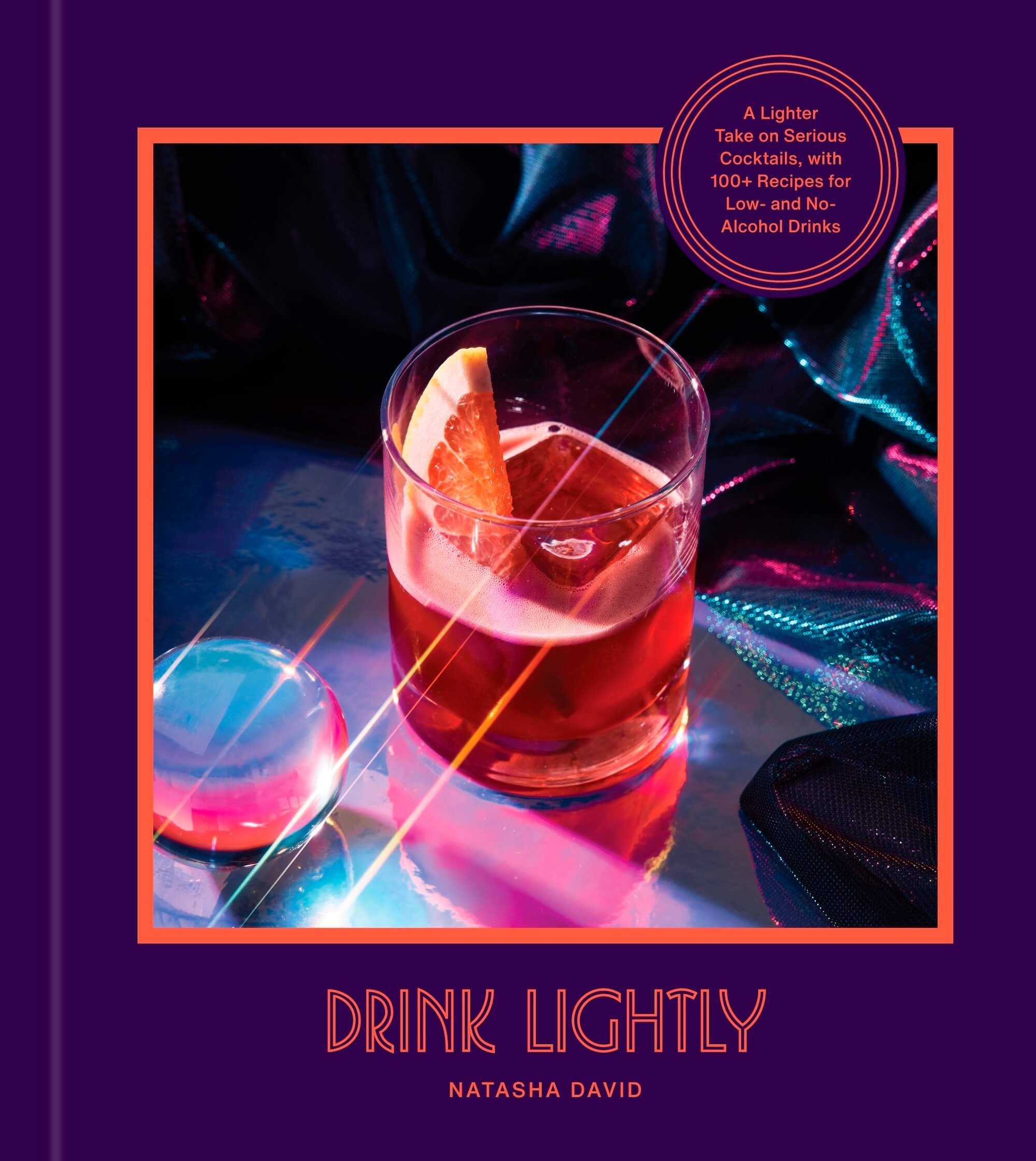7 New Drinks Books for Spring and Early Summer 2022
Many spirits and cocktail books that were scheduled to come out earlier this year were pushed back to due supply chain issues, but at least these ones didn’t end up at the bottom of the ocean like some recent cookbooks. Enjoy this new crop of drink books featuring recipes, philosophy, chemistry, and more.
Claridge's: The Cocktail Book
Like The Savoy Cocktail Book, the PDT Cocktail Book, and the Waldorf Astoria Bar Book before it, London’s Claridge’s Hotel has now released a tome of its own. This one includes over 500 recipes on its 223 pages, sometimes fitting six recipes on a page. It is for the most part simply recipes rather than a great deal of cocktail history or background, but there are introductions to each section of drinks and the requisite sub-recipes for ingredients like clarified pineapple juice and smoked saline solution.
Though uncredited on the cover, this book was assembled by Bars Manager Denis Broci and Director of Mixology Nathan McCarley-O'Neill. They’ve chosen classics, hotel specialties, and modern cocktails known to international cocktailians. The latter includes drinks like the Penicillin from Attaboy’s Sam Ross, Champagne Colada from Coupette’s Chris Moore, and the Gin Basil Smash from Joerg Meyer of Le Lion – Bar De Paris. There are sections for variations on the Negroni, Martini, and Old Fashioned, and the large first section is all about champagne and other sparkling cocktails that one would expect from such a stately spot. Beyond all the bubbly, the book stands out for listing the specific brands used in each drink rather than relying on just “gin” or “orgeat,” which should allow the home mixologist to closely replicate the hotel’s cocktails in flavor. The fancy stemmed glassware, on the other hand, is up to you.
The Philosophy of Whisky by Billy Abbot
This little book comes in at just over 100 pages but provides the big picture view of whisky. Despite the title, it asks just a few abstract questions, and you won’t feel that you need a philosophy degree to read it. Author Billy Abbot describes making whisky akin to preparing porridge, turning it into bad beer, and making bad vodka with that. He includes time (in the barrel) as an ingredient in whisky, and describes how to drink it, “pour it into the largest of the various holes in your face.” He mentions that the best way to settle the debate between the Scots and Irish over who first distilled whiskey is to claim that the English did so that at least they’ll both agree that’s not true.
Much of the book is a straightforward and factual - rather than existential- history of the spirit in different countries. Abbot puts the development of each regional whisky into a historical perspective so that we learn for example how the potato famine pushed Irish whiskey toward distillation exclusively from barley rather than the oats and wheat needed for food crops, and how phylloxera promoted sales of blended scotch as brandy became less available. It ends with sections on drinking whisky, a few cocktail recipes, and a section on the future of whisky given the current boom. It’s a handy and tidy overview of the world history of whisky.
Booze & Vinyl Vol. 2: 70 More Albums + 140 New Recipes by André Darlington and Tenaya Darlington
It is rare that a modern cocktail book is so popular that it demands a sequel, but the first edition of Booze &Vinyl hit the cultural zeitgeist and sold over 100,000 copies. Now the author siblings are back with more music-inspired cocktails that connect to a song or songwriter for each of 70 albums. Those albums include many eras and styles of music, including rock, hip-hop, country music, and electronica, and include Beyoncé’s Lemonade, The Police’s Synchronicity, and Dolly Parton’s Coat of Many Colors. Each album has “liner notes” with facts about it, and “before you drop the needle” tips on how to best enjoy the album such as “lower the lights and break out the salt lamps. Massage chair encouraged.”
The two drinks per album (for side A and side B) are generally quite easy to execute and made with common ingredients. Most are simple, friendly, flavorful riffs on well-known standards and include a Cognac Old-Fashioned, a Pimm’s Cup variation with rosé wine, and a mezcal Negroni. This is probably part of the charm – and success- of the first book too: It is a value-added entry-level cocktail book that’s like easy listening for your mouth.
Drink Lightly: A Lighter Take on Serious Cocktails, with 100+ Recipes for Low- and No-Alcohol Drinks: A Cocktail Recipe Book by Natasha David
Low- and No-Alcohol drinks have been having a great pandemic, even if the rest of us aren’t. With books including Zero Proof, Good Drinks, and Mindful Mixology hitting the market in the past couple years there is plenty of new information on this style of cocktails, even if there is one less bar in which to have them: Natasha David’s New York bar Nitecap closed during the pandemic while she was writing it. But the drinks live on in fabulous print format with disco-style fonts and design elements; it’s bright and maximalist in presentation with lots of purple and orange pages and an introduction that declares the book to be about “Cocktails As Joy.”
Drink Lightly includes more background information on tools and techniques than books have been listing lately and lots of detail about categories of lower-ABV fortified wines that include specific product recommendations. Sections of the book include Gulpabale Thirst Quenchers, Party Starters, Decadent Treats, and Slow Sippers, and they include full-flavored but lower-ABV ingredients like beet-infused Aperol, green bell pepper syrup, and vermouth-based limoncello. These are assembled together often with multiple ingredients you probably won’t have handy- a typical recipe in the book includes one ounce or less of manzanilla sherry, Suze aperitif, pear brandy, lemon juice, simple syrup, and sparkling yuzu sake. But the flavors and combinations thereof in each drink are so innovative and tempting that you probably won’t mind a little extra effort to assemble them.
Cocktail Chemistry: The Art and Science of Drinks from Iconic TV Shows and Movies by Nick Fisher
This book has an interesting premise: YouTube cocktail channel host Nick Fisher takes a drink inspired by a popular TV show or movie and provides a recipe for it, if the cocktail’s ingredients are described in any detail on screen. Sometimes the drinks are impossible to make, as in the case of the Pan Galactic Gargle Blaster inspired by The Hitchhiker’s Guide to the Galaxy, or just terrible to drink as in the case of the Flaming Homer from The Simpsons. Then Fisher takes that cocktail as an inspiration to teach readers a modern or interesting bartending technique and then gives recipe variations of the original TV or movie drink using the newly-taught technique.
An example will probably be helpful: Fisher provides the recipe for a Green Russian that was inspired by the animated show Archer. The cocktail contains absinthe, vodka, and milk, and he recommends against actually making it or drinking it. He takes from the concept of the Green Russian technique of making clarified milk punches and explains the process. Then he provides recipes for an Improved Green Russian (green tea, Green Chartreuse, vodka, lime, and sugar; clarified with milk) as well as a Clarified Pina Colada.
Other techniques in the book include rapid infusions, fat washing, flaming, foams, and layering, and there are sections on specific cocktails including the Martini and Last Word as well as categories like beer cocktails, flips, and hot chocolate. The techniques and cocktails look bright, tasty, and not excessively complicated; they’re more about taking drinks to the next level. Probably the most challenging part of Cocktail Chemistry is trying to describe what it’s about.
Rum Rebels: A Celebration of Women Revolutionizing the Spirits Industry, with Cocktail Recipes by Martyna Halas and René van Hoven
Rum Rebels is a series of profiles of women who’ve succeeded in rum with positions including master blender, cellar master, distillery owner, and quality control manager. They work to make famous rums including Angostura, Havana Club, J.M., Botran, and Brugal, and include the most famous women in rum including Joy Spence of Appleton, Trudiann Branker of Mount Gay, and Lorena Vasquez of Zacapa.
Each section includes information about the woman’s career path, personal anecdotes, and quotes from each about her personal philosophy and accomplishments, along with several photos. At the end of each section is a simple cocktail with the rum they make. Like Girly Drinks, A Women’s Place is in the Brewhouse, and Whiskey Women, Rum Rebels adds to the literature of long-overlooked women who have and continue to impact what many of us drink every day.
Barkeep 2: The Art of Mixology, Bar & Cocktails by Danilo Božović
Swizzle Miami's Božović has released a new version of his book Barkeep, a wide-ranging, 500+ page guide for beginning bartenders or those who might want to up their overall knowledge of pretty much everything related to bartending. It covers a lot of ground: the history of bartending, setting up and moving behind a bar, steps of service, the history of mixology, bar tools, cocktail categories, garnishes, and glassware. He then explains and provides tasting notes for beer, wine, and spirits, and gives a one-sentence history plus recipes for over 100 classic cocktails, 13 “local” cocktails (by which he means ones from a range of Latin countries), and 13 cocktails from Swizzle Rum Bar & Drinkery. The latter tend to be the more complex and modern of the group. The book finishes with information and preparation instructions for coffee and tea, and cigars, and a bit of terminology and background on food and cheese terminology.
With so much material covered, Božović isn’t able to go terribly deep into most topics. It’s more of a need-to-know survey of information that would do any bartender – or person wanting to learn more about bartending- a lot of good to learn.







